Site Images
_JB.JPG)
Shorelark at Holkham by Julian Bhalerao
view
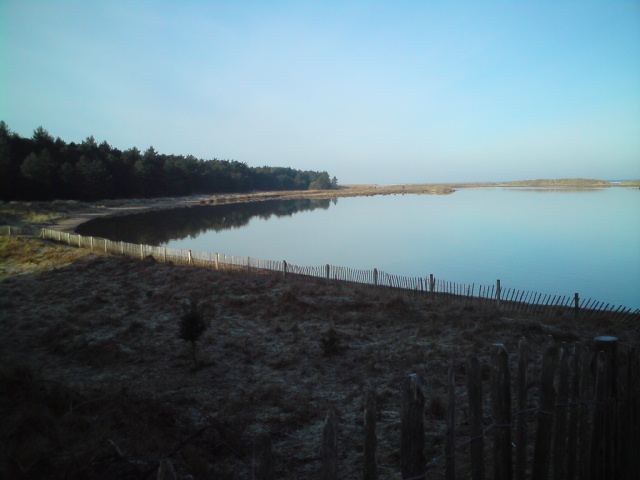
Holkham bay at high tide
view
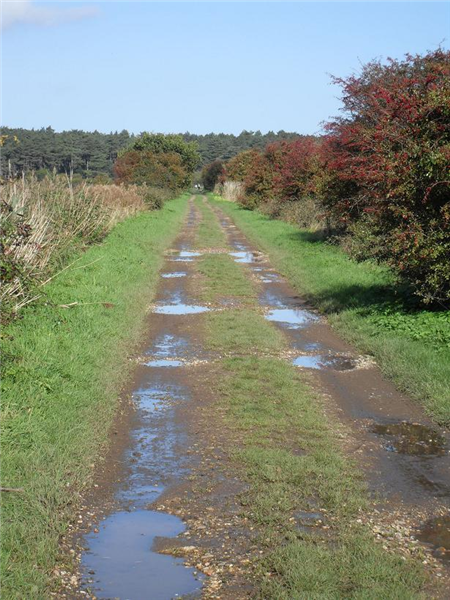
Holkham bones drift
view
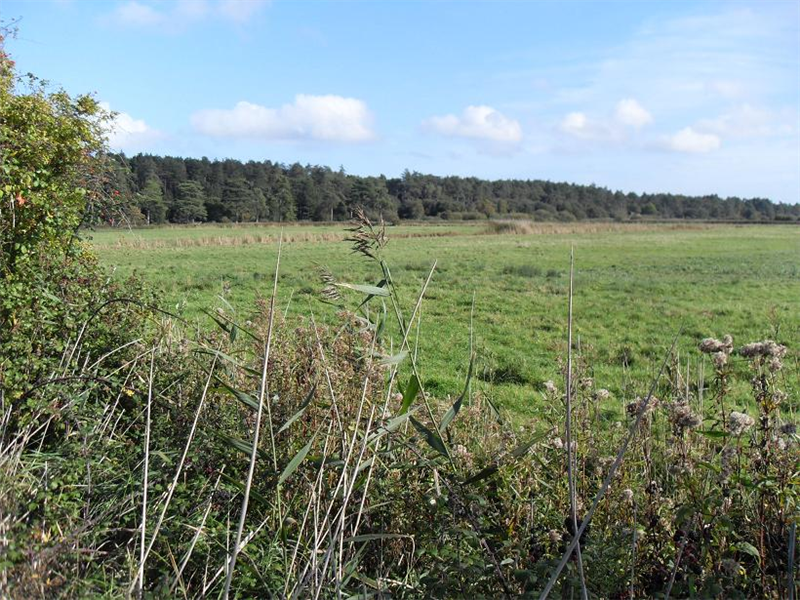
Holkham pines
view
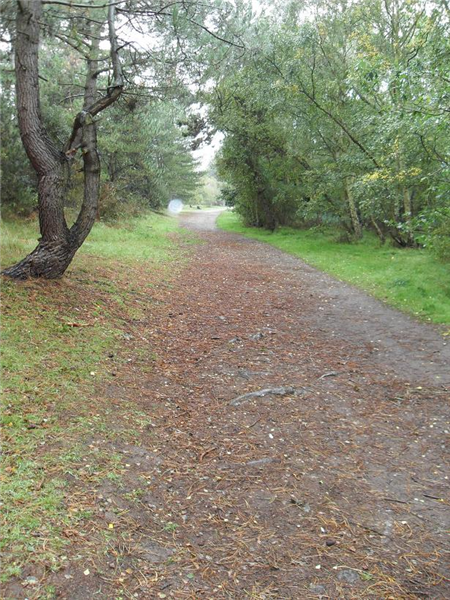
Holkham woodland track
view
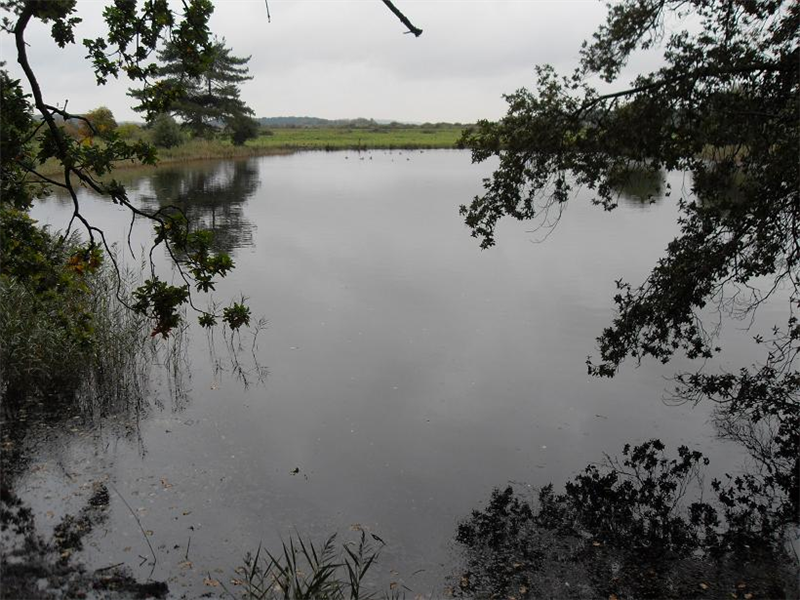
Holkham Abrahams bosom
view
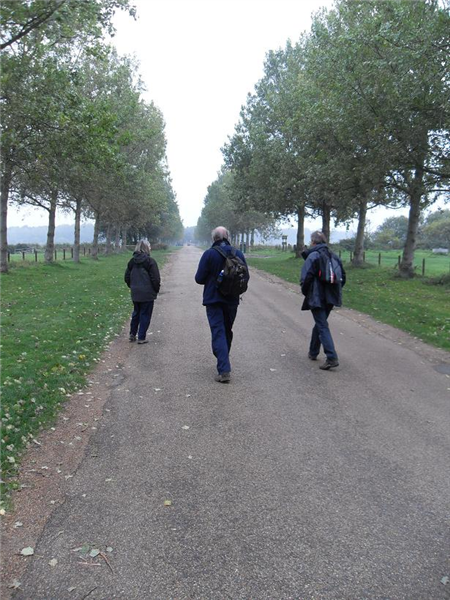
Holkham_lady annes drive
view
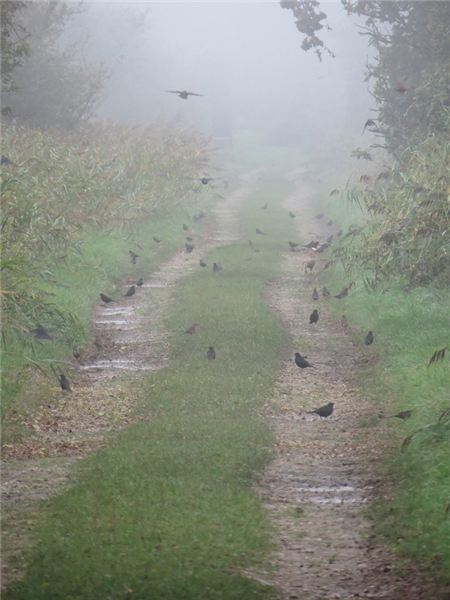
An autumn fall of Blackbirds along bones drift
view
Summary
A fabulous site where it is easy to spend a whole day at anytime of year.
Location
-
TF890447
-
52.966342, 0.812847
The pines themselves don’t hold a huge number of species but on the south side of the pine belt the mixture of deciduous trees and bushes provide excellent habitat for the resident birds, summer visiting breeders, passage migrants and vagrants. This is one of the best sites in mainland Britain for Yellow Browed and Pallas’s Warbler. If the right weather conditions prevail in autumn, yellow browed normally turn up on any kind of east wind. With the size of the wood and abundance of food birds can hang around for days if not weeks. The site is very good for holding birds but can be hard to work due to its size. It was also the site for Britain’s only Red Breasted Nuthatch a vagrant from America.
From September to April it is always good to aim for the bay at high tide, scan for Divers, Grebes and sea ducks. The habitat behind the dunes is good for Snow buntings and in most years a small flock of Shore Larks. This is a good feeding spot for Rock & Meadow Pipit and Skylarks during the winter.
Walking east form the north end of Lady Anne’s drive you reach wells woods covered under that title. Walking west you come to Salt’s hole pool good for Grebes and ducks. A little further on Washington hide. The hide is raised and affords a good view of Holkham fresh marshes with lots of waders and wildfowl. The marsh acts as a roost and resting site for large numbers of Pink Footed Geese during winter months. These are best seen at dawn and dusk, spending daylight hours further inland in farmers fields. Though they are often seen from here during the day flying in and out in varying sized ‘skeens’.
Further along the path you come to meals house a good area for Firecrest then Joe Jordan hide. This hide gives another good view over the marsh and overlooks the Cormorant colony and Little Egret roost. There is a crossroads here the southern path taking you over the marsh back to the coast road and the northern path through the pines and onto the beach. If you carry on west there is more good passerine habitat and at the end of the pines you come out into Burnham Overy Dunes.
Target Species
Pink Footed Geese, Marsh Harrier, migrants and Vagrants